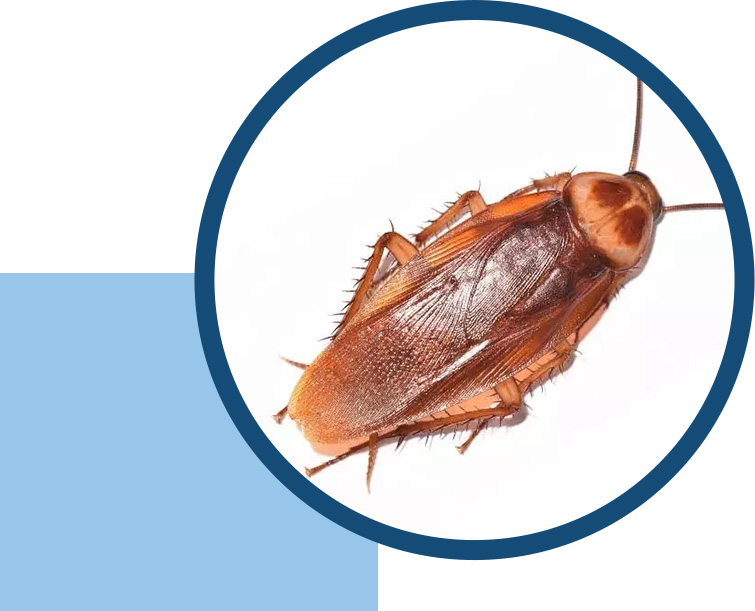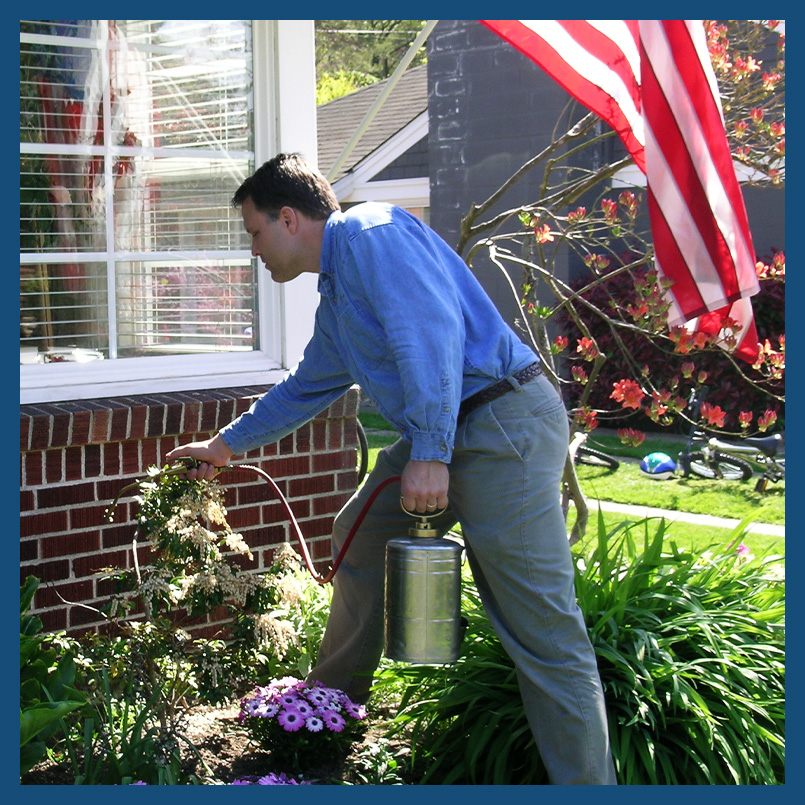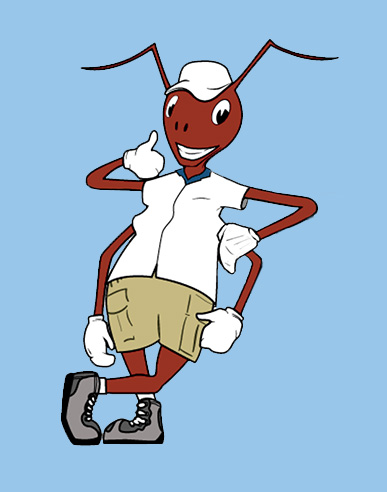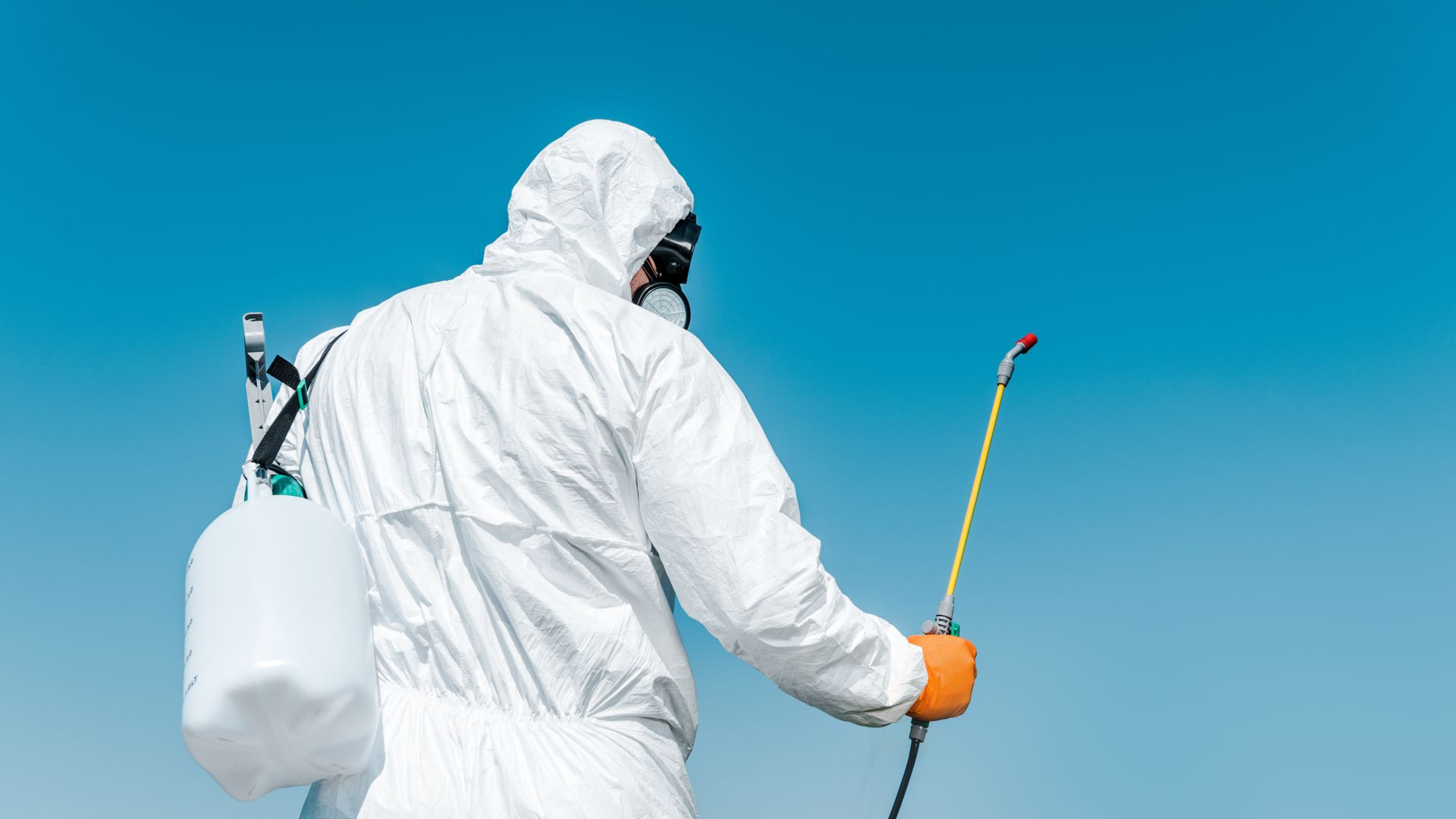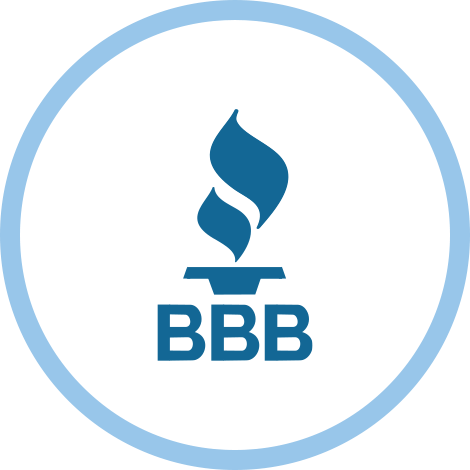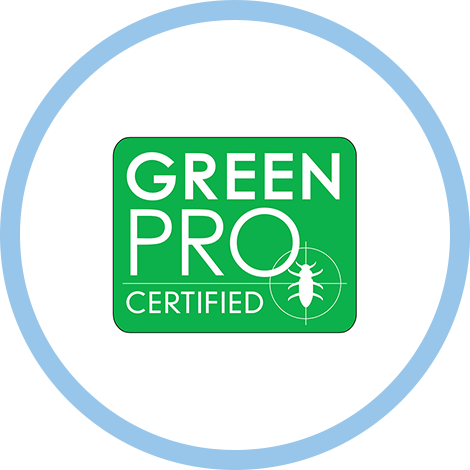
American Cockroach in Seattle, WA
American cockroaches are the largest cockroach species in the Pacific Northwest, with adults growing up to 1½”. Their color will range from red to brown, and they have a distinctive light brown band around the head. Unlike the German cockroach, the American roach will regularly use its wings to fly. Adult American cockroaches may live up to around 15 months. Females will deposit their egg cases in a sheltered area, or usually near the ground level (preferably near a food source).
American Cockroach Habits
American cockroaches will be found in large number in restaurants, multifamily housing structures, residential homes, and hospitals. American cockroaches are also found often in restaurants or other commercial structures where food is prepared or stored, but they will also attempt to gain access to multifamily or residential structures (often through sewer systems and piping). Brown-banded roaches are more likely to infest private residential homes or multifamily housing structures than in commercial settings, but once inside will not discriminate between types of rooms. Oriental cockroaches will nest either indoors or outdoors, but have a strong preference for moist, humid areas. Their numbers don’t get nearly as high as with other species, but if the conditions are ideal then their populations may thrive.
Cockroach Damage
Cockroaches are not a structural pest in that they do not do physical damage to buildings or surroundings; however, they can be a significant health concern and a difficult nuisance. Cockroaches can contaminate food products with their bodies or their waste products; they may also leave a disturbing odor in areas where infestation has taken place. Foraging cockroaches can also be vectors of disease, depositing germs or bacteria in areas that they infest and causing attacks of asthma in some people prone to reactions to cockroaches.
American Cockroach Control
In some situations, cockroaches will become a problem due to factors outside of your control. In multifamily housing situations where there are shared walls with plumbing, you may have a neighbor next door (or elsewhere in the building) whose behavior is contributing to an existing cockroach problem. In those cases where treatment becomes necessary, here are the recommended steps for treatment:
- Inspection. A thorough inspection for conducive conditions, recommendations for prevention, and an assessment of infested areas is important to developing a treatment plan that works.
- Treatment. There is a large assortment of products currently available for roach control. Treatment may include a combination of different types of gel baits, dusts, or liquid products to be applied. Your service technician will use the products that he/she deems most appropriate and most likely to produce the desired outcome.
- Ongoing Prevention. In some cases, follow-up treatment may be necessary to get the roach infestation under control. Additionally, vigilance in keeping all areas as clean, sanitized and free of clutter as possible will contribute to effective cockroach control.
